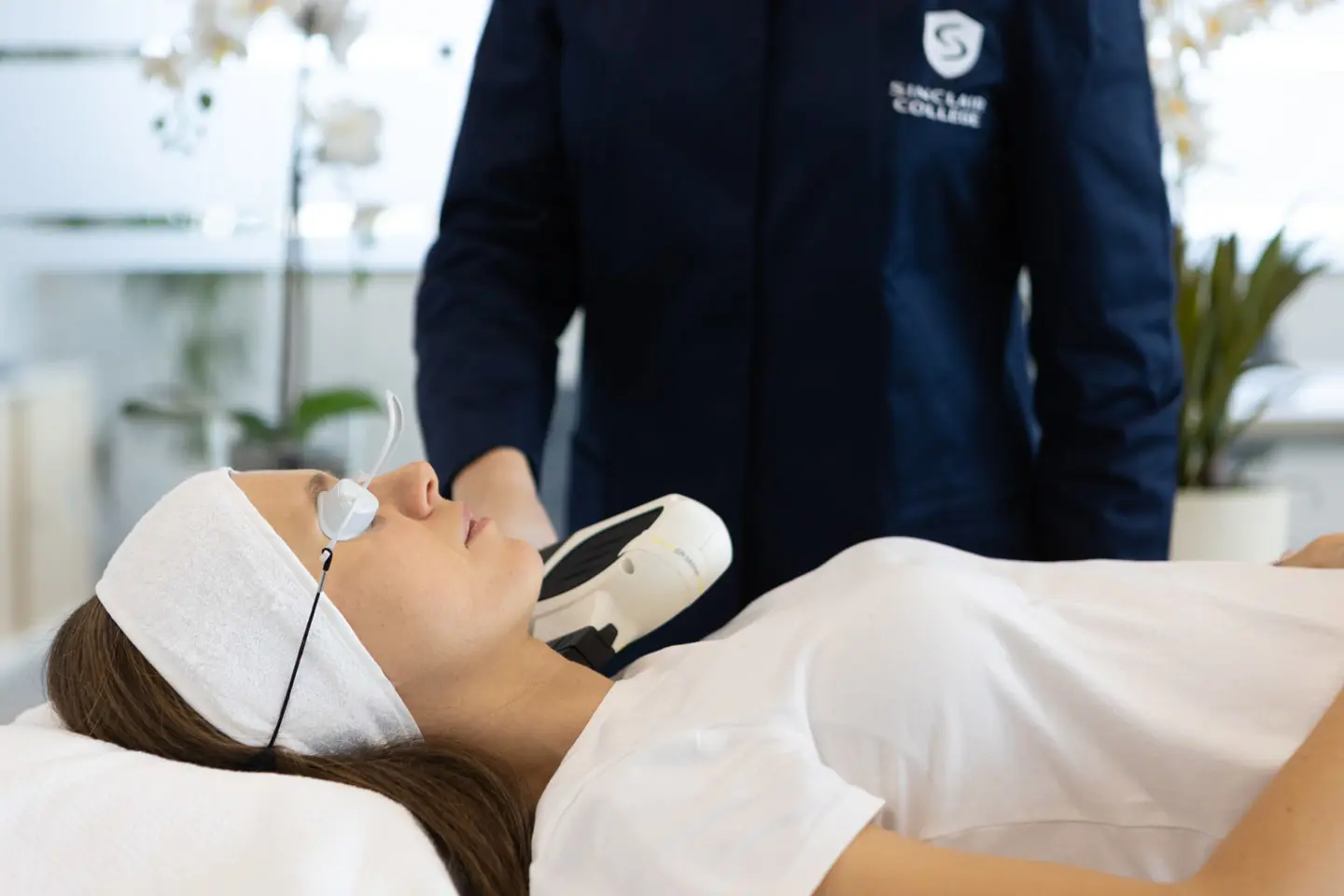

July 27, 2023
Multi-technology approach
Enhanced clinical outcomes, patient satisfaction, and business model - By Inna Belenky, Ph.D
Inna Belenky (PhD) - Sinclair, UK
Introduction:
Photoaged skin can suffer from different symptoms, including wrinkles, fine lines, skin texture changes, etc. Furthermore, hormonal changes, especially among females, lead to additional presenting symptoms, including Acne Vulgaris, hormonal hyperpigmentation (such as Melasma / Chloasma), local fat accumulation, cellulite formation, stretch marks, vascular lesions and more. Each of the above symptoms has different bio-physiological characteristics and is located in different skin layers, from the epidermis up to the hypodermis. Moreover, to achieve effective treatment, each of the above symptoms will require different stimuli or external stress on the tissue. In other words, the biological responses to different stimulations will dictate the biochemical processes in the target tissue and hence the improvement of the relevant symptom.
Energy-based Treatment techniques
In general, when approaching energy-based procedures in the esthetic field, four main techniques are available for the most popular symptoms. The first is skin resurfacing techniques which are based on the removal of the outer layers of photodamaged skin to create a “new surface” [1]. Skin rejuvenation technologies prompt the body to generate new cells via coagulation and necrosis of the dermal layer. Although skin tightening procedures are often confused with skin rejuvenation or skin resurfacing procedures and vice versa, skin tightening and lifting effects can be achieved through stimulation of fibroblast activity, collagen denaturation and remodelling [2]. Finally, non-invasive fat volume reduction methods are based on the improvement of local blood microcirculation leading to an increased metabolic rate, which is reflected in the enhancement of natural fat cell lipolysis [3]. Table I summarizes these four techniques with the related biological impact needed for the relevant symptom and examples of existing technologies.
Table I: Energy-based Treatment techniques, biological impart, application and existing technologies
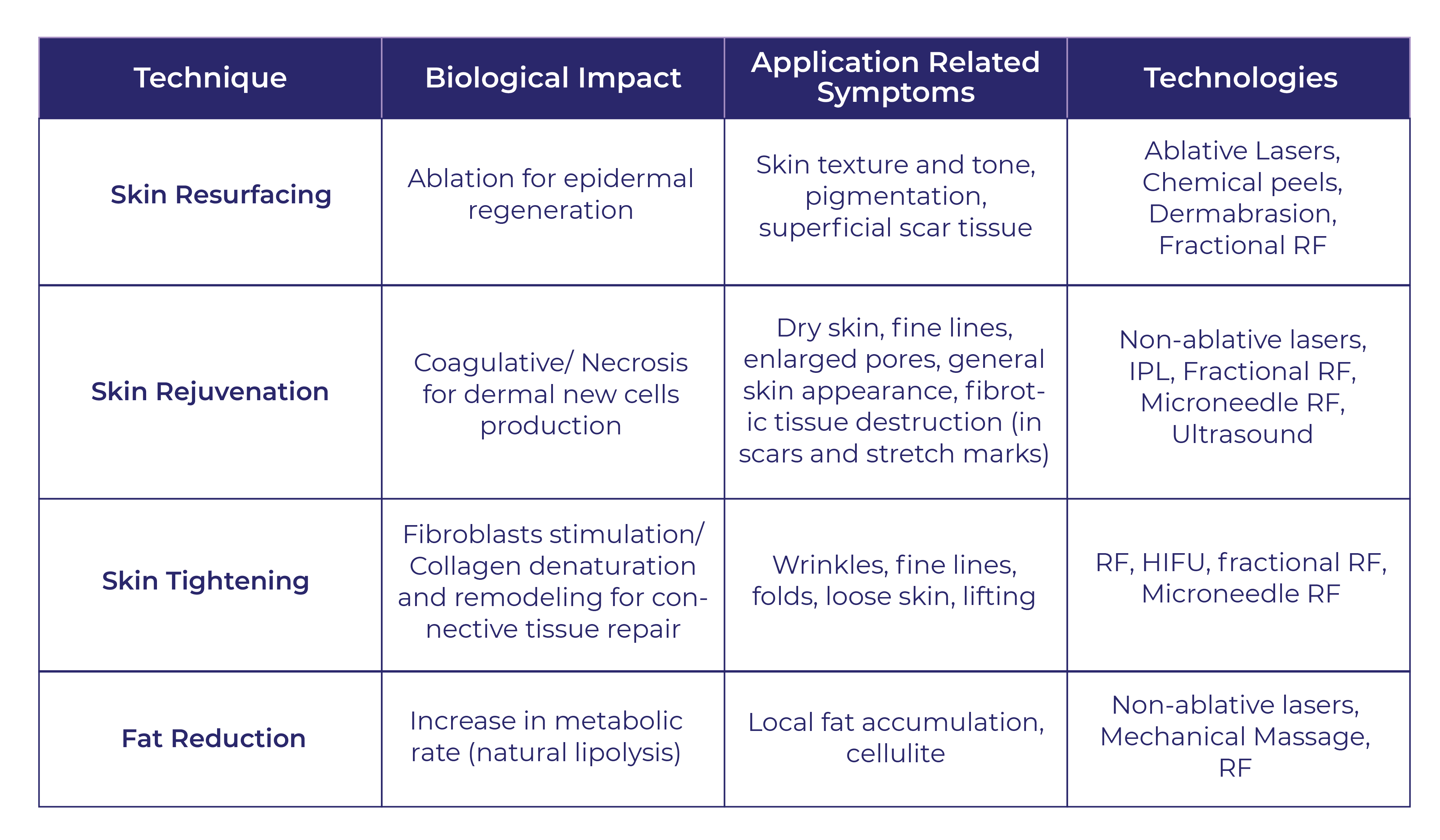
Yet, when treating patients with complex symptoms or when a different treatment approach is needed, including resurfacing, rejuvenation and skin tightening, a single technology or method cannot treat all of these simultaneously. Therefore a multi-technology approach may lead to more effective and long-lasting results. Hence the esthetic industry made a significant switch from “stand-alone” systems to a “platform” model where the system (the console) serves as a “platform” or “base” for different handpieces and where each single handpiece represents a different technology. In addition, to commercial advantages, having one system with different technologies will also provide a clinical advantage.
Multi-Technology Platform Advantages
The advantages of having a multi-technology platform range from “purely” commercial, based on different business models to “purely” clinical, based on the safety and efficacy of the treatment. In general, six main advantages are typically considered by most practitioners:
- Commercial
- Multiple systems in one – saving money and space
- Expanded treatment menu - offering a wide list of applications (symptoms)
- Price – attractive price packaging for complex treatment solutions
- Clinical
- Ability to treat multiple symptoms
- Capacity to treat complicated and ´difficult´ to treat symptoms (such as scars and stretch marks)
- Built-in combination protocols
When considering the commercial advantages, the first advantage of having multiple applications within one system versus purchasing several “stand-alone” systems, is not only saving space in the treatment room but also saving money. Investing in one platform with different handpieces is more cost-effective than purchasing several separate systems, and with flexible business models, it also allows the practitioner to acquire new handpieces parallel to the growth of their business. In addition, the manufacturer will typically ensure that all future technologies the company will develop, will be compatible with the platform and adopt the latest technologies to reach the market.
Given that each handpiece has a separate list of treatment applications, having several handpieces yields a tremendously wide range of full body and face applications – a true head-to-toe treatment solution. This not only ensures an expanded treatment menu for popular applications but also allows you to build treatment packages with attractive price points. Typically, patients that have already developed “trust” with the system during the first treatment will likely consider adding additional applications. This will not only influence the ROI of the business but will also give unique clinical advantages. While treating patients with several symptoms (a complex treatment) or when treating complicated symptoms (such as scars and stretch marks) a combination treatment will ensure the most effective outcome. Performing a combination treatment with one system (vs. several different systems) will eliminate the logistics of plugging in different systems in the same treatment room and switching from one to another. Normally the manufacturing company will provide built-in combination protocols, which will give a unique therapeutic approach to ensure clinically proven results.
In order to explore the multi-technology approach in more detail, the V30 multi-technology platform by Sinclair was chosen.
The V30, Multi-Technology platform
V30 is a multi-technology platform (Sinclair, UK) device, designed for dermatologic, esthetic and cosmetic procedures. The main console unit incorporates a touch-screen control panel, power supply modules, cooling system, switching module, service panel and footswitch (Figure 1). The V30 platform incorporates five different handpieces as indicated in Table II.
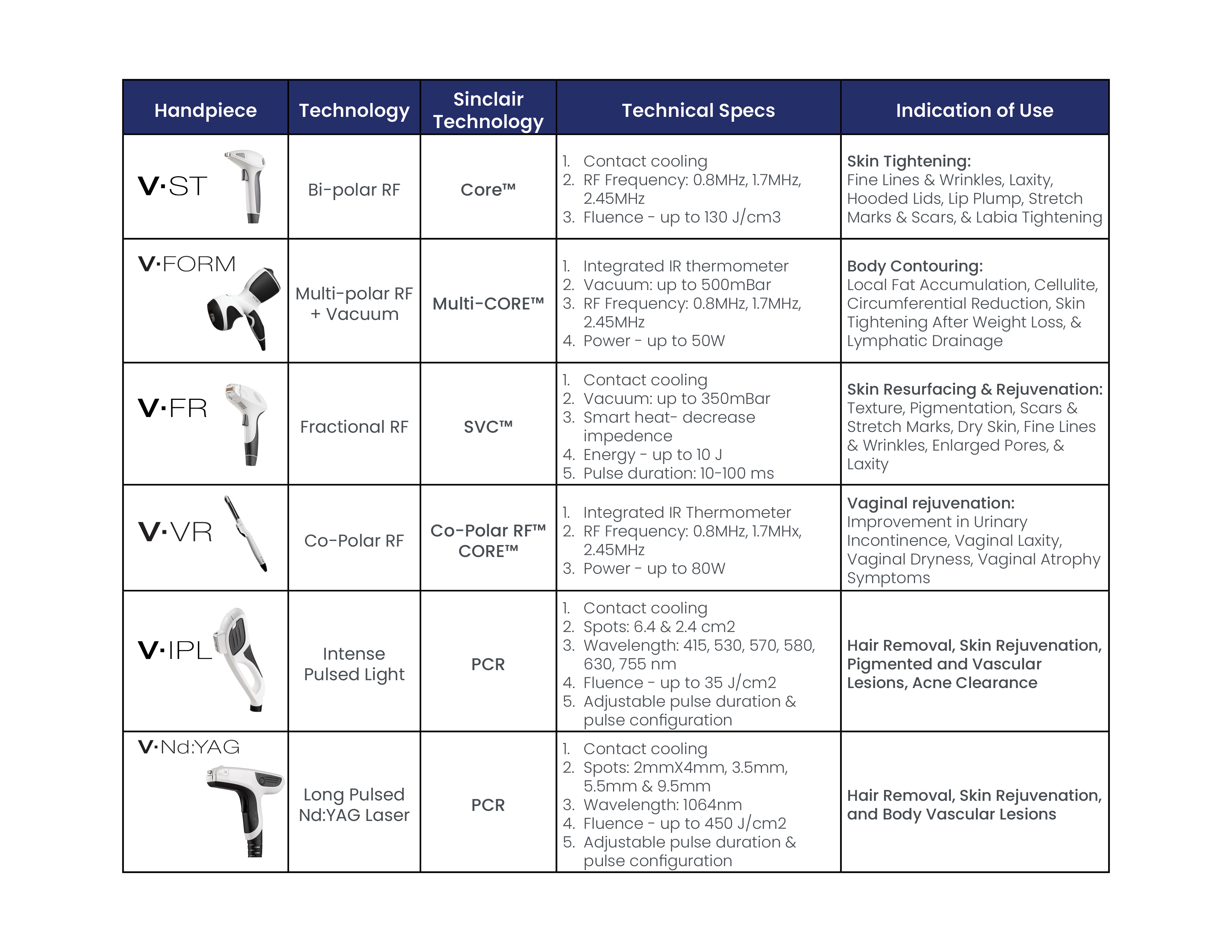
The V30 platform stands out not only due to a wide variety of different technologies and high-quality standards but also by the way it integrates these technologies into the market. The bi-polar RF handpiece, the V-ST, which is indicated for skin tightening applications, utilizes Sinclair’s proprietary CORE™ (Channeling Optimized RF Energy) Technology that allows independent heating depth control by applying three separate RF frequencies, at 0.8 MHz, 1.7 MHz, and 2.45 MHz, and an additional mode that combines all three frequencies in a single pulse. This way it is possible to control the heating depth as required by skin characteristics, depth and each patient’s symptoms [3].
The multi-polar RF handpiece which also includes vacuum suction, the V-FORM is indicated for body contouring treatments, and it incorporates Sinclair’s latest R&D development Multi- CORE™ Technology. Taking advantage of the well-established CORE™ Technology, the Multi- CORE™ Technology enables the most flexible and safe treatments for circumferential reduction, cellulite improvement and body skin tightening after weight loss. Due to the multi-RF configuration, vacuum suction, integrated IR thermometer and “Dynamic RF”, V-FORM treatments showed a 100% patient response, with a positive influence on all skin types, measured circumferential reduction of up to 15 cm, and an average reduction of 2.78 cm (SD 3.38cm ) on a patient with BMI even higher than 30 [4].
The V-FR handpiece is based on fractional RF technology indicated for skin resurfacing and rejuvenation. Sinclair’s proprietary SVC™ (Switching, Vacuum and Cooling) Technology represents the 2nd generation of fractional RF systems, with the ability to create separate biological responses: ablation only, coagulation only or both ablation and coagulation together. The Switching technology controls the RF depth penetration reflected via three programs: Shallow, Medium and Deep. The Vacuum function ensures proper coupling of electrodes to the skin, minimizing the risk of epidermal burns, reduced pain levels (per the “Gate Theory”) and more equal, consistent and symmetrical injury points. The last feature of SVC™ Technology is the Cooling mechanism which protects superficial skin layers and reduces pain levels [2].
The V-IPL handpiece, based on Intense Pulsed Light technology is indicated for the most popular photo-therapies, including long-term hair removal, skin rejuvenation, pigmented and vascular lesions clearance and Acne Vulgaris clearance. The handpiece has integrated contact cooling, with two spot sizes and interchangeable filters [5]. The V- Nd: YAG handpiece is based on the 1064 nm long-pulse Nd: YAG laser, and also has integrated contact cooling and four different spot sizes which treat deep vascular lesions, skin rejuvenation and dark skin hair [6]. Both V-IPL and V-Nd: YAG handpieces utilize Sinclair’s proprietary PCR (PulseConfiguRhythm) Technology which is specifically designed for personalized treatments since the technology allows tailored matching of the delivered pulse configuration (Single, Multiple and Rapid) which enables effective treatments without compromising the safety of the patient.
Although each V30 handpiece is accompanied by a unique protocols list, the system also allows for detailed combination applications. The instructions in detail explain that when you combine technologies to achieve the desired effect, you receive the best total outcome. It also explains the logic behind the combination approach for difficult symptoms, with results yielding above average compared to standard treatment approaches. Even if a physician has already experienced a combination modality, the main challenge here will be to establish the correct order of applying different methods in the treatment and the safe interval between them. When performing combination treatments with V30 (different handpieces of the same platform), the treatment protocols include this information and detail the order of applied technologies, the average number of treatments needed and treatment intervals.
V30 Combination Concept
The V30 combination protocols are divided into 3 logical groups:
- Total Body Solutions
- Complicated symptoms
- Complex symptoms
Examples of leading combination protocols are specified in Table III.
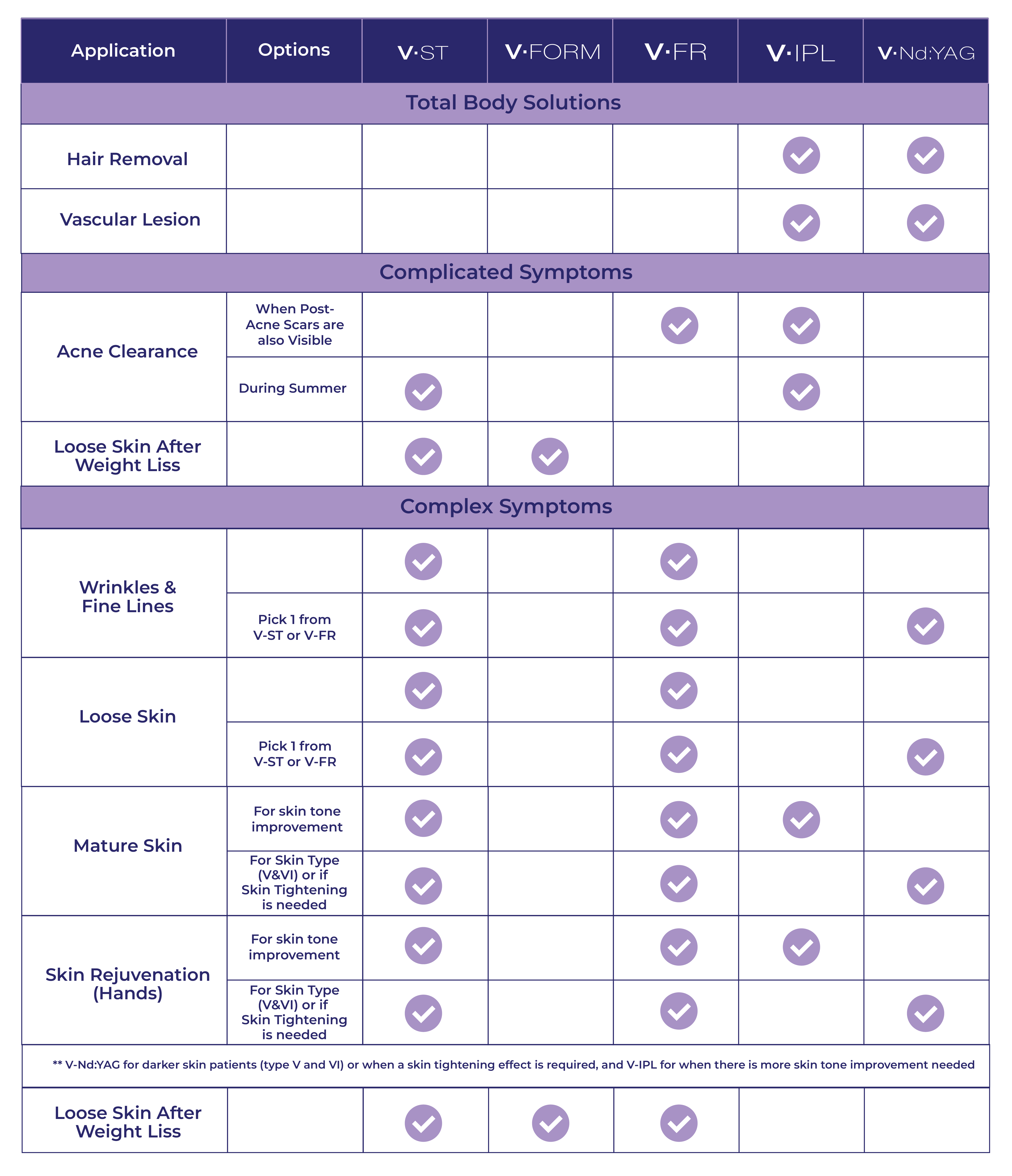
The first group of “Total body solutions” contains combination concepts where similar symptoms (esthetic problems) in different anatomic areas cannot be targeted effectively with the same technology.
For example, vascular lesions in different anatomic areas have different diameters, and haemoglobin concentrations and most importantly they are located in diverse depths inside our skin. In IPL technology, the wavelength (cut-off filter) has a direct influence on energy penetration. Similarly, in a long pulse Nd: YAG laser the spot diameter also has an additional influence on the light penetration. Having two IPL filters (530 and 580 nm) plus three Nd: YAG spots (2x4, 3.5 and 5.5 mm) allows the V30 system to provide a full body solution, from the most superficial facial vascular lesions (in diameter of 0.1 mm) up to deep leg varicose veins in diameter of 4 mm (Figure 2).
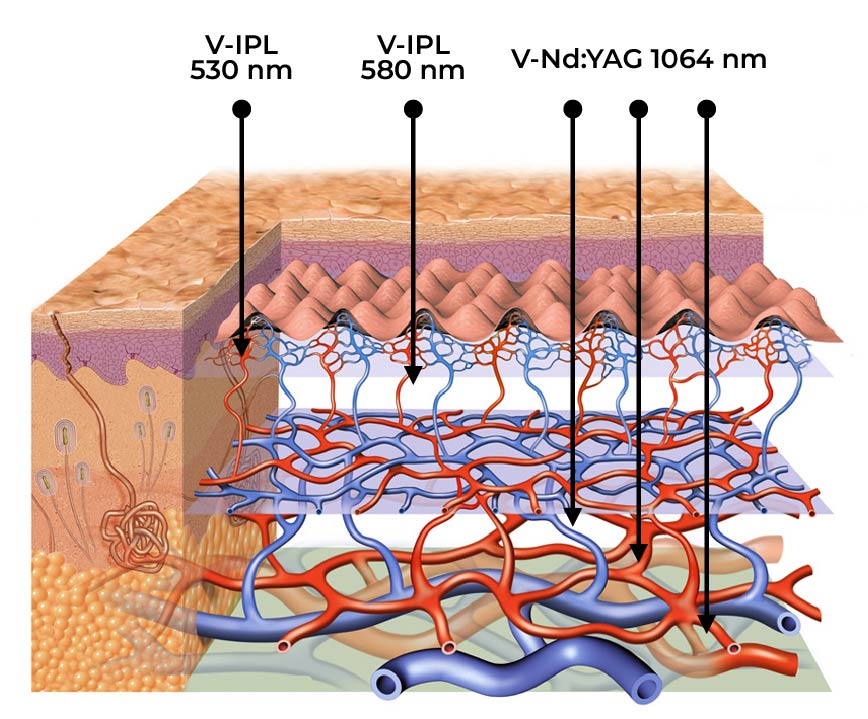
Figure 2: V30 “Total body solution” for vascular lesions
Likewise, for long-term hair removal treatment, where hair follicles have distinctive depth in different anatomic areas, having two IPL filters (570 and 630 nm) plus 1064 nm Nd: YAG laser with 9.5 mm spot, the V30 system can provide a full body solution (Figure 3). Moreover, due to PCR Technology, the ability not only to choose between IPL filters and Nd: YAG laser, but also the pulse configuration (Single, Multiple, Rapid), offers more possibilities to treat all skin types with all types of hair in an effective manner, like if we had several lasers where each has a strong advantage for certain type of patients.
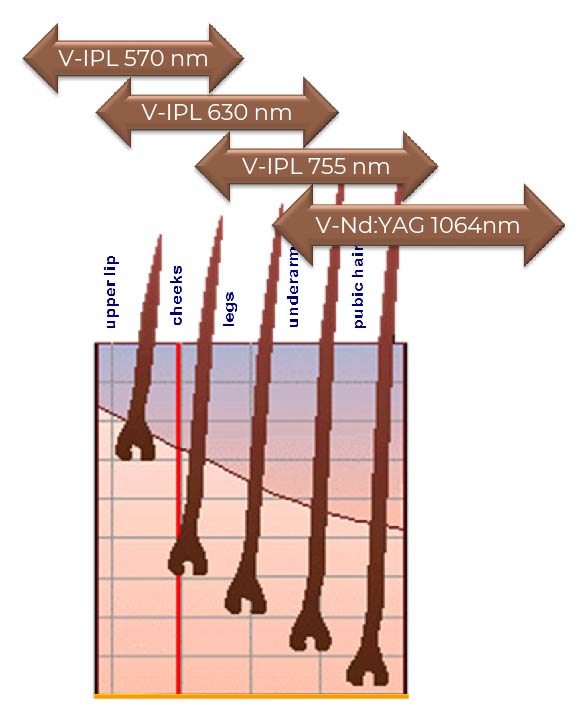
Figure 3: V30 “Total body solution” for photo-epilation
The next group of V30 combination protocols is “Complicated symptoms”. Complicated symptoms are usually those esthetic problems where mono-therapy has very poor clinical outcomes. In most of these cases, the mono-therapy fails to deliver high-satisfactory results since these symptoms require a complex approach or in other words a multiple set of biological responses. For example, scarring is one of the most difficult symptoms to treat since it requires not only a deep understanding of its pathology but also the energy-tissue interaction. In order to achieve significant effect on the scar appearance, the epidermal scar tissue should be ablated to achieve the resurfacing effect and “flattering” of the scar’s surface (Figure 4). In addition, the fibrotic tissue should be destroyed via dermal coagulation. However, the destruction of fibrotic tissue should be accompanied with dermal rejuvenation and fibroblast stimulation in order to restore the natural tissue pathology (Figure 4). Taking this logical approach, the V30 combination protocol will consist of several steps in one treatment (the same treatment section): starting with light therapy (with V-IPL or V-Nd:YAG) for dermal rejuvenation, followed with a skin tightening effect with bi-polar RF (V-ST) for fibroblast stimulation and completed with fractional RF (with V-FR) treatment for epidermal ablation and dermal coagulation. As mentioned above, in the combination approach the main challenge facing physicians is in establishing the correct order of applied technologies. However, when facing this question during V30 practice, it becomes a negligible issue, since Sinclair has already developed and tested all combination protocols and established the appropriate order and schedule for each condition. In general, the light therapy (V-IPL or V-Nd:YAG) should be first, followed by non-invasive RF treatment (V-ST or V-FORM) and the minimally-invasive fractional RF (V-FR) should be the last step in the combination treatment (Table III).
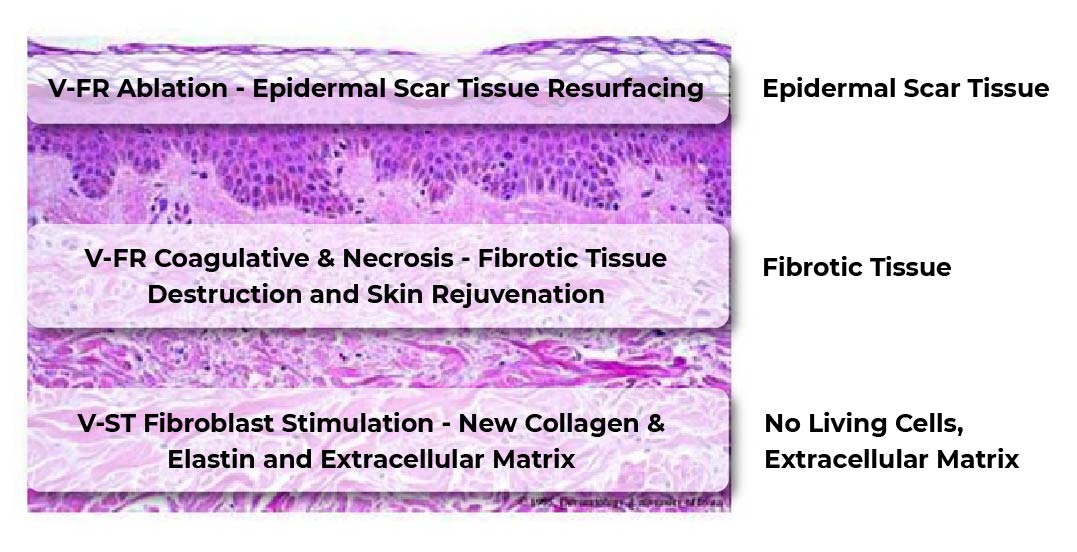
Figure 4: Scar treatment combination approach
The last group of V30 combination protocols is “Complex symptoms”. This group of combination protocols is indicated to deal with patients that exhibit several different symptoms in the same treatment area, and each symptom requires a different biological response or tissue stimulation. For example, in many cases of severe photoaged patients, a number of symptoms are observed, including skin texture and tone, pigmentation, wrinkles, loose skin, etc. Often in such severe conditions, the patients and the physicians cannot decide which of these skin conditions is the most “oppressive” and where to start first. Having a multi-technology system, such as V30, can provide a combination concept where all skin conditions can be approached in one treatment session. For example, fractional RF (with V-FR) can be applied to deal with skin texture and tone, light therapy (with V-IPL or V-Nd: YAG) for dermal rejuvenation, pigmentations, vascular lesions or acne, skin tightening effect with bi-polar RF (V-ST) for fibroblast stimulation or contouring effect with multi-polar RF (V-FORM) for fat reduction (Figure 5). Also in these combination approaches, the light therapy (V-IPL or V-Nd:YAG) should be first, followed by V-ST or V-FORM and finished with V-FR (Table III).
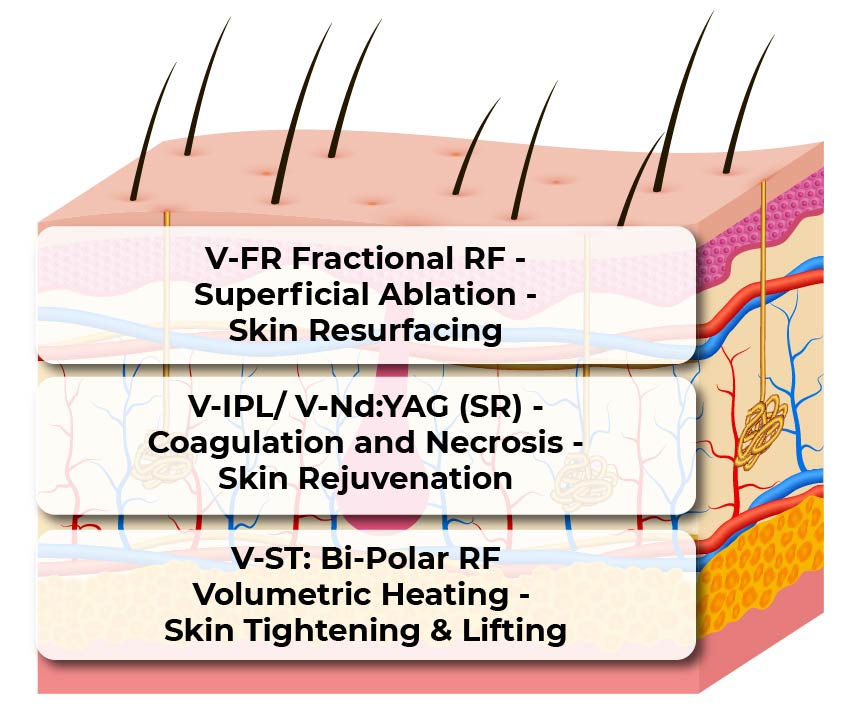
Figure 5: “Complex symptoms” combination approach
The main advantage of having such a combination approach is not only in the ability to address several photo-ageing symptoms in one treatment but also in the reduction of the number of treatments needed due to the synergetic effect of different technologies.
Figure 6: A 59-year-old female, with wrinkles, fine lines and skin texture complications at baseline (left) and after 3 treatments with combination approach (V-ST & V-FR).
References
- Sadick NS, Sato M, Palmisano D, Frank I, Cohen H, Harth Y. In vivo animal histology and clinical evaluation of multisource fractional radiofrequency skin resurfacing (FSR) applicator. J Cosmet Laser Ther. 2011 Oct;13(5):204-9.
- Elman M, Gauthier N, Belenky I. New vision in fractional radiofrequency technology with switching, vacuum and cooling. J Cosmet Laser Ther. 2015 Apr;17(2):60-64.
- Belenky I., Margulis A., Elman M., Bar-Yosef U., and Paun S.D., Exploring Channeling Optimized RF Energy through a Review of RF History and Applications in Aesthetics. Adv Ther. 2012 Mar;29(3):249-66.
- Tagger C, Belenky I. Multi-channeling optimized radiofrequency energy: A new age in well-established radiofrequency technology. World J Dermatol. 2016; 5:129-135.
- Belenky I, Tagger C, Bingham A. Intense Pulsed Light Pulse Configuration Manipulation Can Resolve the Classic Conflict Between Safety and Efficacy. J Drugs Dermatol. 2015 Nov;14(11):1255-60.
- Tagger C and Belenky I. Sinclair’s PCR Technology Further Enhances the Efficacy of Long Pulse Nd:YAG Laser. 2016; Sinclair white paper.



